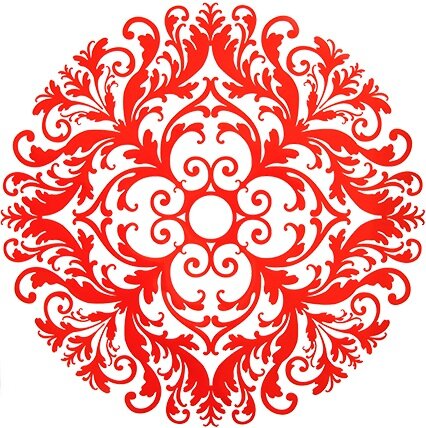CREATIVITY AND CREATING A MANDALA.
Julia Cameron, a mandala artist, says, "The creative process is about surrender, not control."
Creating mandalas is simple and yet complex. By understanding the creative process I have learned more about the depths of this fascinating art.
The creative process according to psychologist, Dr. E Paul Torrance is described as "a process of becoming sensitive to problems, deficiencies, gaps in knowledge, missing elements, disharmonies, and so on; identifying the difficulty; searching for solutions, making guesses, or formulating hypotheses about the deficiencies: testing and retesting these hypotheses and possibly modifying and retesting them; and finally communicating the results."
I believe that when we create mandalas we encounter this process as well as tapping into the vast resources within our unconscious, the collective unconscious and more. That is AWESOME!
Creativity according to ancient beliefs was something that God alone possessed. Humans were not considered to have the ability to create something new except as an expression of God's work coming through them. In the Greek and Roman culture creativity was also linked to the sacred or the divine. It was a process of mediating inspiration from the Gods. Later in history (Renaissance) creation began to be perceived as having originated from the abilities of the individual, and not just God. Perhaps it is both?
Creating mandalas is an ancient art form which is also like a conduit to the divine. We connect with a deeper spiritual aspect of the self and express that through art.
By letting go of all beliefs that you need to be an artist or have some sort or art talent or giftbefore you can create a mandala opens up your individual approach to mandala creation. Being creative is different from calling yourself an artist. It encompasses MORE!
There are steps or phases of the creative process and they may not always be taken in order depending on the individuals make up.
1. Preparation – mind work, meditation, connecting mentally with the challenge to create a mandala. Setting in motion the thought processes of the desire.
2. Incubation - where the problem is internalized into the unconscious mind and nothing appears externally to be happening. "I cannot see it - yet"
3. Intimation - the creative person gets a "feeling" that a solution is on its way
4. Illumination or insight – the “ah ha” moment where the creative idea bursts forth from its preconscious processing into conscious awareness
5. Verification - Making it happen. The idea is consciously verified, elaborated, and then applied.
This may seem to be daunting and yet we encounter this process as easily as breathing. The creative spirit is part of who we are and it naturally expresses itself when we give it the opportunity.
We all start with a blanc canvas. We all start from the same point. We are equal.
It is important to recognize and set free our inner artist. Know that everyone expresses out art differently, uniquely. There is no competition. We do not need to compare our art to that of others. There is no judgment of our own creativity or that of others.
Instead of using thoughts or words we will allow ourselves to express through images, colors, shapes and symbols. We experiment and explore the concepts of a mandala :- segments, geometry, lines, shapes, colors, divisions and connections, patterns and repetition.
Try not to ‘see’ the finished product and let your creation unfold, develop and grow without the restrictions of expectation. Mandala art is not about rules, should dos and musts and getting it ‘right’. Expectations can ruin the outcome. They belong in the future and we remain in the present.
Remember that your hands are the tools. Your eyes are the seekers of light, shade, shape and wonder. Your imagination opens the door to unlimited possibilities. With an open mind you can explore the unknown and express your HeART in art.

